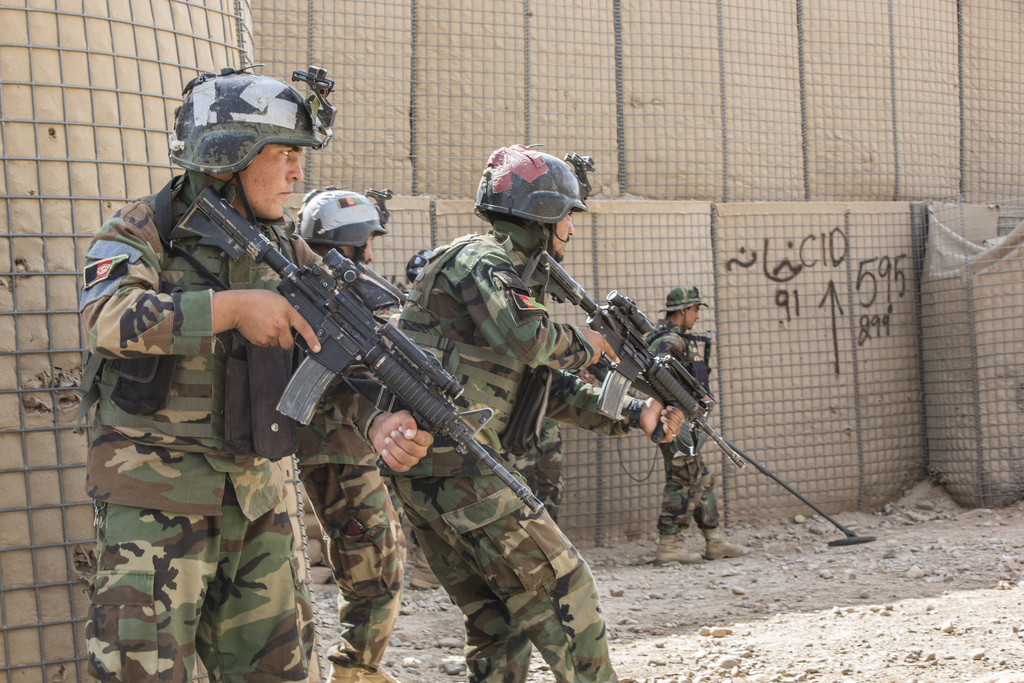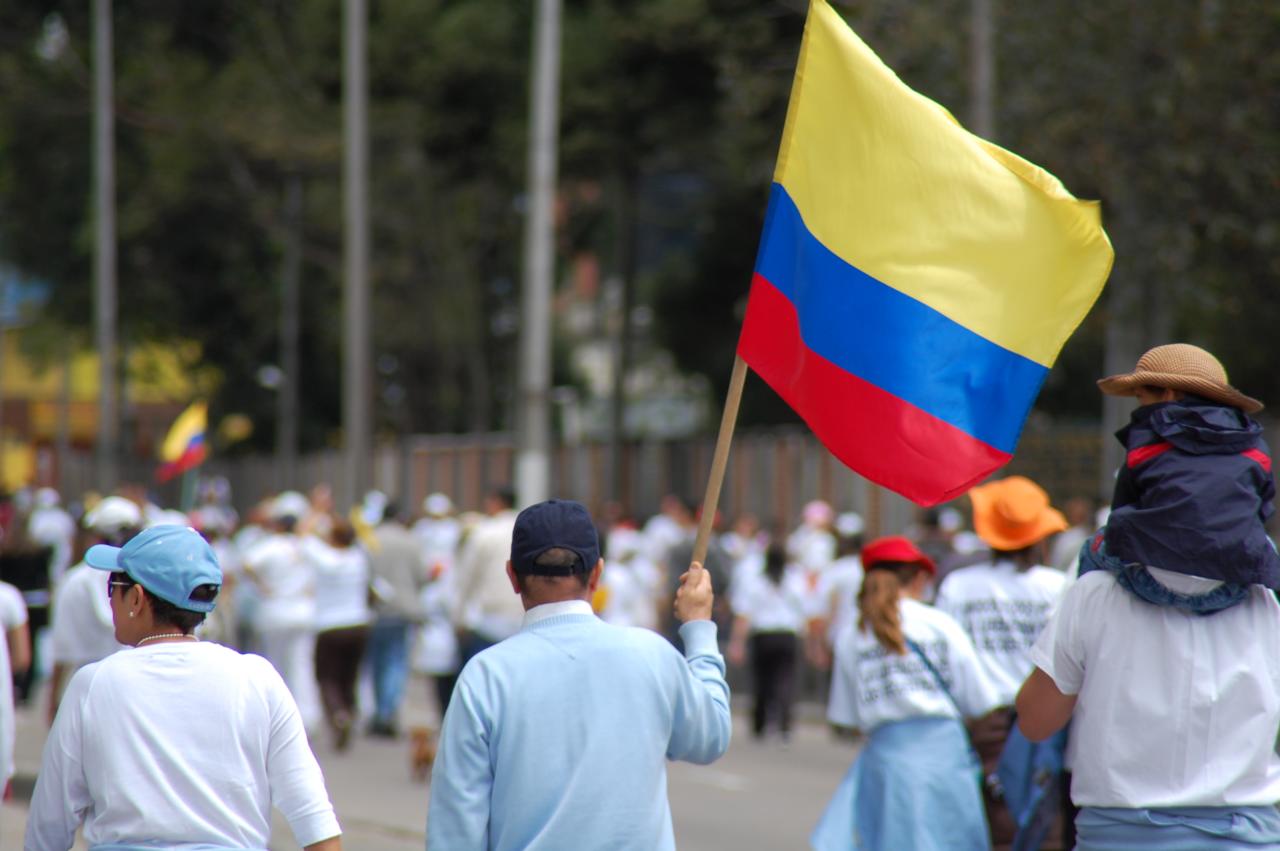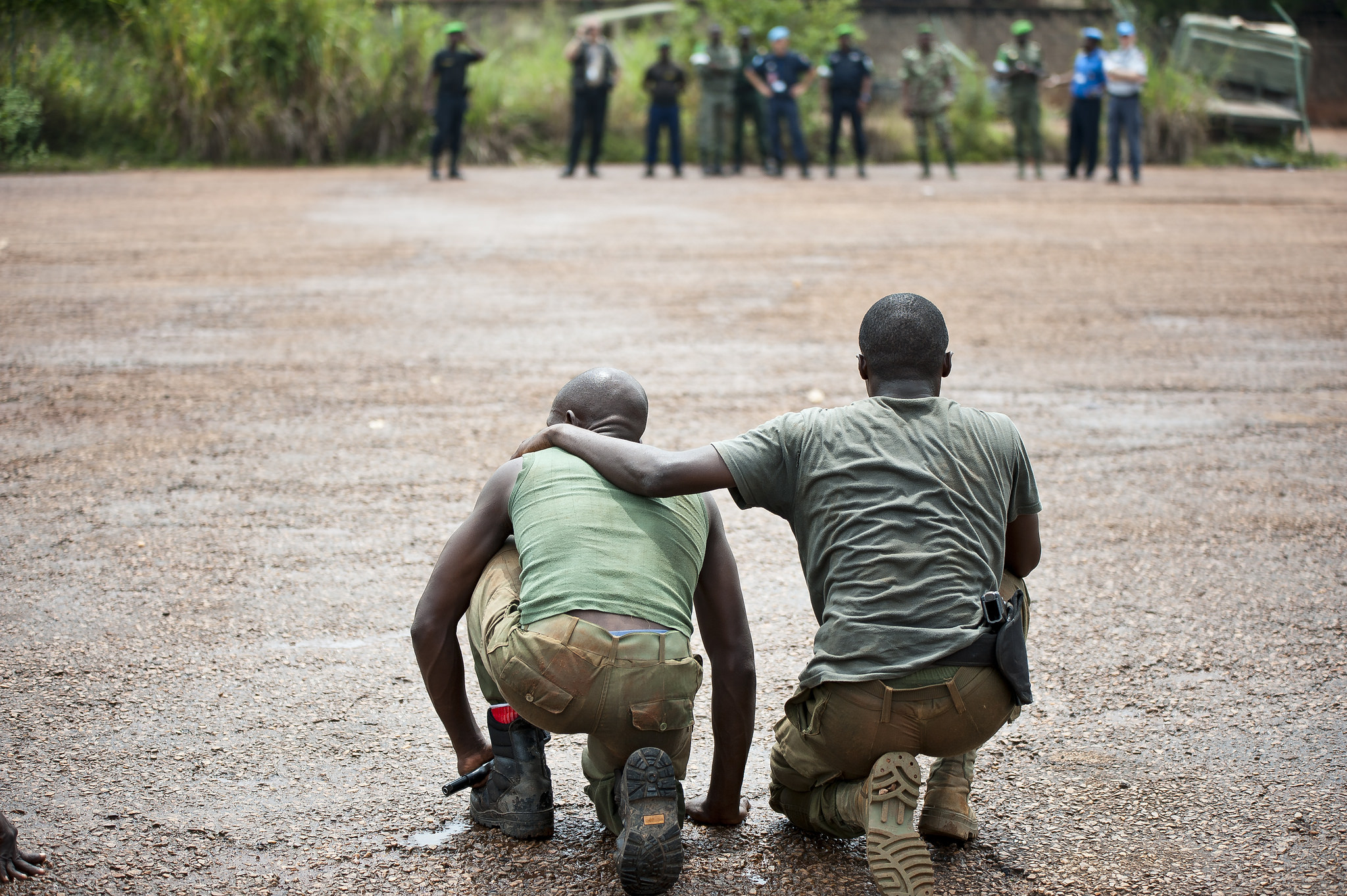By Jason Lyall

On 29 May, the International Committee of the Red Cross (ICRC)’s compound in Jalalabad, Afghanistan, was breached by three suicide bombers from an as-yet unidentified insurgent organization. The attack left one Afghan guard dead while wounding another (expat) ICRC staffer.
While the war in Afghanistan has largely slipped from the public’s radar screen (and that of the media), the ICRC attack merits a closer look since may represent a qualitatively new phase in the war. Indeed, in the words of Kate Clark, the attack has “crossed a red line” in the war, for the ICRC occupies a unique position as the most respected NGO in Afghanistan — including by the Taliban itself. Relying exclusively on its reputation for neutrality for protection, the ICRC monitors compliance by all sides with the laws of war; arranges for the return of war dead to their homes for burial; conducts site visits of prisons; and provides medical assistance to civilians and combatants regardless of their allegiance.
Wednesday’s attack represents the first time that its offices have been targeted since the ICRC first arrived in Afghanistan in 1987. There’s little question that this attack was deliberate rather than accidental. So why attack the ICRC?
Two reasons stand out. First, the ICRC attack should be placed in the wider context of an on-going campaign by insurgents to target the international (aid) community in a bid to sever Kabul’s financial lifelines. Nearly all of the major aid programs, including those by USAID, the World Bank, and other international donors, are currently in the midst of wide-ranging assessments of how (and whether) to provide assistance in areas no longer secured by the International Security Assistance Force (ISAF).
As ISAF draws down, these aid organizations and NGOs — now used to working near, if not with, ISAF — must now determine whether they can continue programming in areas secured only by Afghan forces. In just the past week, attacks against the International Organization of Migration (IOM) on 24 May (which I watched from my rooftop), the ICRC, the governor’s compound in Panjshir province, and several foiled suicide attacks in Kabul have underscored the potentially precarious nature of security for foreign organizations and their government partners.
There is, then, a strategic logic at work in these attacks. Cut Kabul’s financial lifeline by forcing aid programming to grind to a halt, and it becomes much easier to subvert or erode the reach of shaky government ministries. Even if these organizations and NGOs do decide to continue their efforts (if at a reduced scale), these attacks reinforce and deepen the divide between aid workers and the local populations they are trying to help. As Roland Paris recently noted, one of the principal reasons behind the failure of state-building in Afghanistan has been the disconnect between international aspirations and Afghan needs created by the absence of local knowledge. Attacks like those against the ICRC will undoubtedly force a new round of security measures that will only further build a wall between aid workers and local populations at a time when NGOs are already struggling just to visit their aid sites.
A second, perhaps indirect, reason for the attack stems from the nature of ISAF operations in Afghanistan. One legacy of sustained airstrikes and night raids against senior and mid-ranking insurgent leaders has been the decentralization and radicalization of the Taliban (and Haqqani) insurgency.
At this point in the war, it is misleading to speak of “an” insurgency. Even the Taliban, perhaps the most centralized insurgent organization in Afghanistan, has become increasingly staffed and driven by young local commanders with little connection to the “old” Taliban. In a telling sign, there are now reports that Pakistan-trained Taliban cadres are being inserted back into Afghan Taliban command structures in an effort to reverse this trend. In the past two years, insurgent groups in eastern Afghanistan have borne the brunt of these airstrikes and raids, and so it unsurprising that these new commanders have chosen to demonstrate their mettle by launching high-profile suicide attacks, including four in Jalalabad alone just since December 2012.
“Radicalized” does not mean “crazy,” however. It is apparent that the responsible group took precautions to avoid Afghan civilian casualties when attacking the ICRC. (UPDATE: The Taliban have denied responsibility for the attack.) The attack was timed for 6pm, when all Afghan workers would have gone home for the night. And the location itself — in Jalalabad, a city (and region) with strong Taliban support — appears chosen to minimize fallout if the attack did kill Afghans. Populations with strong pro-insurgent support tend to be much more forgiving of civilian casualties inflicted by the rebels, for example, than they are of similar casualties inflicted by the counterinsurgent.
In short, while new facts will undoubtedly come to light, the 29 May attack against the ICRC may foreshadow the changing nature of war over the coming year in Afghanistan. If the ICRC attack is any guide, we are likely to witness a continued shift away from insurgent violence against dwindling foreign forces and toward a deliberate targeting of aid organizations and government ministries in high-profile attacks. These attacks, in conjunction with efforts to destroy or subvert Afghan security forces, will place international organizations and NGOs in an increasingly tight bind: continue programming and suffer losses, or head for the exit?








0 comments
Readers interested in a discussion of why aid workers are targeted will want to check out: Christina Wille & Larissa Fast. 2013. “Operating in Insecurity. Shifting patterns of violence against humanitarian providers and their staff (1996-2010).” April 2013, http://www.insecurityinsight.org/publications.html
You make two very valid points here. Yet, I am not entirely convinced that the Taliban has a real strategic interest in seeing organizations like the ICRC leave the country. As you point out, “the ICRC occupies a unique position as the most respected position in Afghanistan – including by the Taliban itself.” In that sense, I believe that this attack is of a different nature. The one in the Panjshir had an obvious symbolic value and it is safe to suggest that, considering the time of the attack, it was not aimed at killing anyone. The Taliban claims that the IOM one was instead targeting a CIA safe house next door, which makes a lot of sense considering that the CIA is the one US actor that is here to stay. As for yesterday’s attack on the airport, it is unfortunately business as usual. In my view, the reason behind the ICRC attack is more closely related to your second point: the heterogeneity of the so-called insurgency. One cannot ignore the fact that the Taliban denied the responsibility of the attack. They are usually not shy of doing so. To me, the ICRC incident looks more like a weaker group strategy: a strategy that a group like the Hezb-e Islami would use to increase its political leverage as things are about to change. Using a political science jargon, the ICRC attack seems like a typical spoiler strategy, especially relevant in times of political uncertainty. If I am right, it means that the Hezb ( or any other smaller group) just wants to be as loud as possible, in order to play a bigger role in whatever settlement or political bargain that is about to come. Considering the ICRC’s popularity among Afghans, it is probably a poor calculation, but that is a different story.